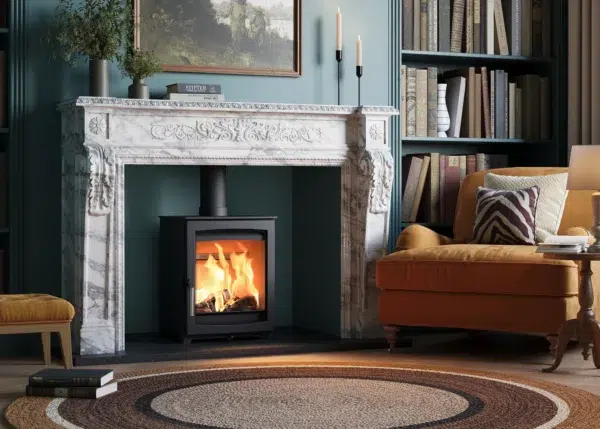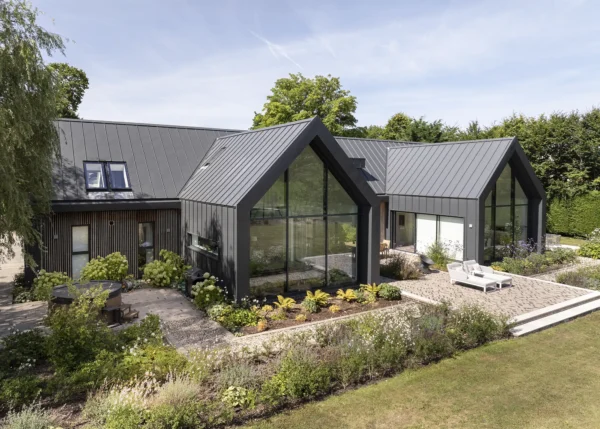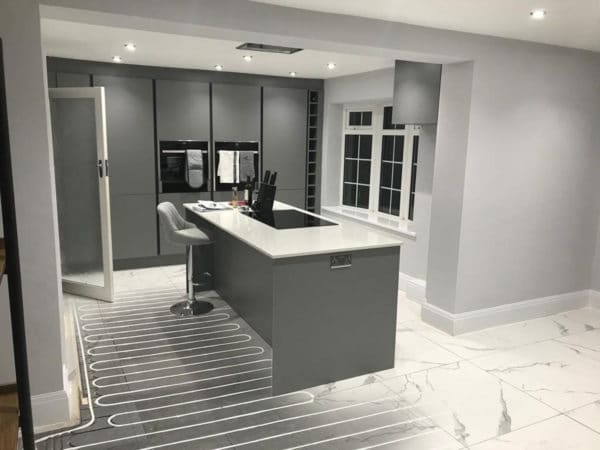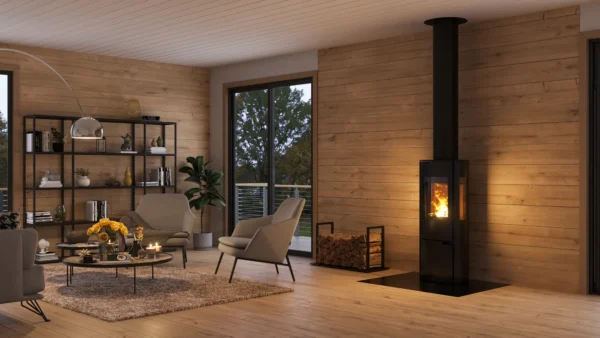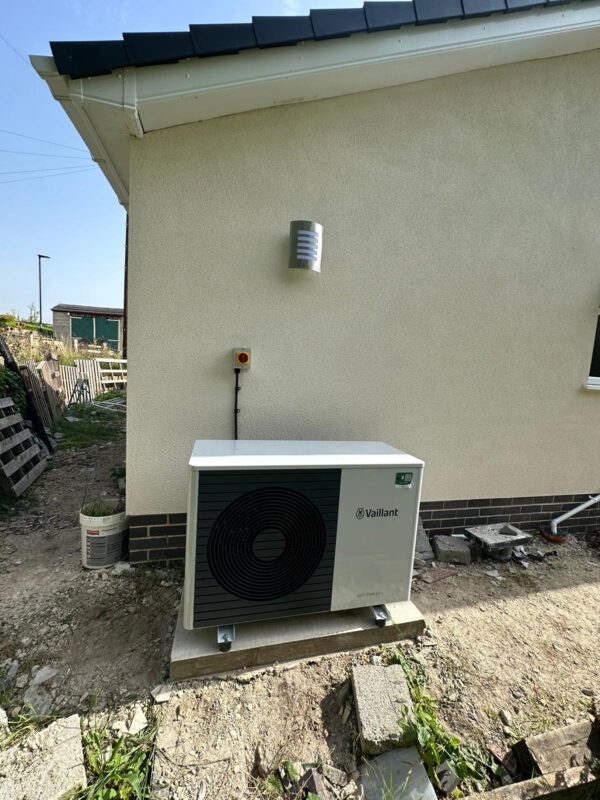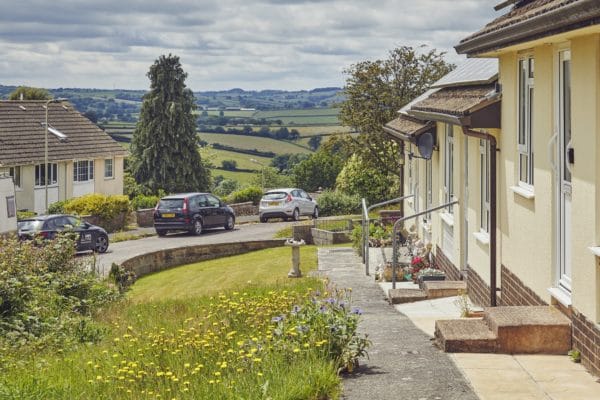Woodburning Stoves Complete Guide – Here’s How to Choose & Install a Logburner
There’s nothing that can quite match the cosy atmosphere a lit woodburning stove evokes in your home’s living space. “It’s difficult to be excited about coming home to a gas fire, a radiator or night storage heating on a wet winter’s evening,” says Jon Butterworth, director at Arada Stoves.
From contemporary inset stoves to traditional matt black fireboxes on four legs, there are plenty of stove styles and woodburners to choose from. But how efficient is this type of appliance? And, are woodburners really a sustainable choice for your home?
In this woodburning stoves guide, we take a closer look at the facts you need to know about modern woodburning appliances, so you feel equipped to decide whether it’s the right fit for your home and project.
Jump to woodburning stove FAQs
Is a woodburning stove right for you & your project?
In addition to the aesthetic advantages, woodburning stoves are immune to interruptions from, say, a power cut (in the case of electric fires). Plus, in the face of rising utility bills, choosing to burn wood offers you some independence from fluctuations in the price of energy. “When you own a woodburner you can always shop around for the best prices and become independent of all that,” says Jon.
“Plus, if you’re fortunate enough to have access to forage-able wood, and also the means to season that wood, you can bypass that shopping around element.” Providing it’s sourced sustainably, wood is also a carbon neutral source of energy.
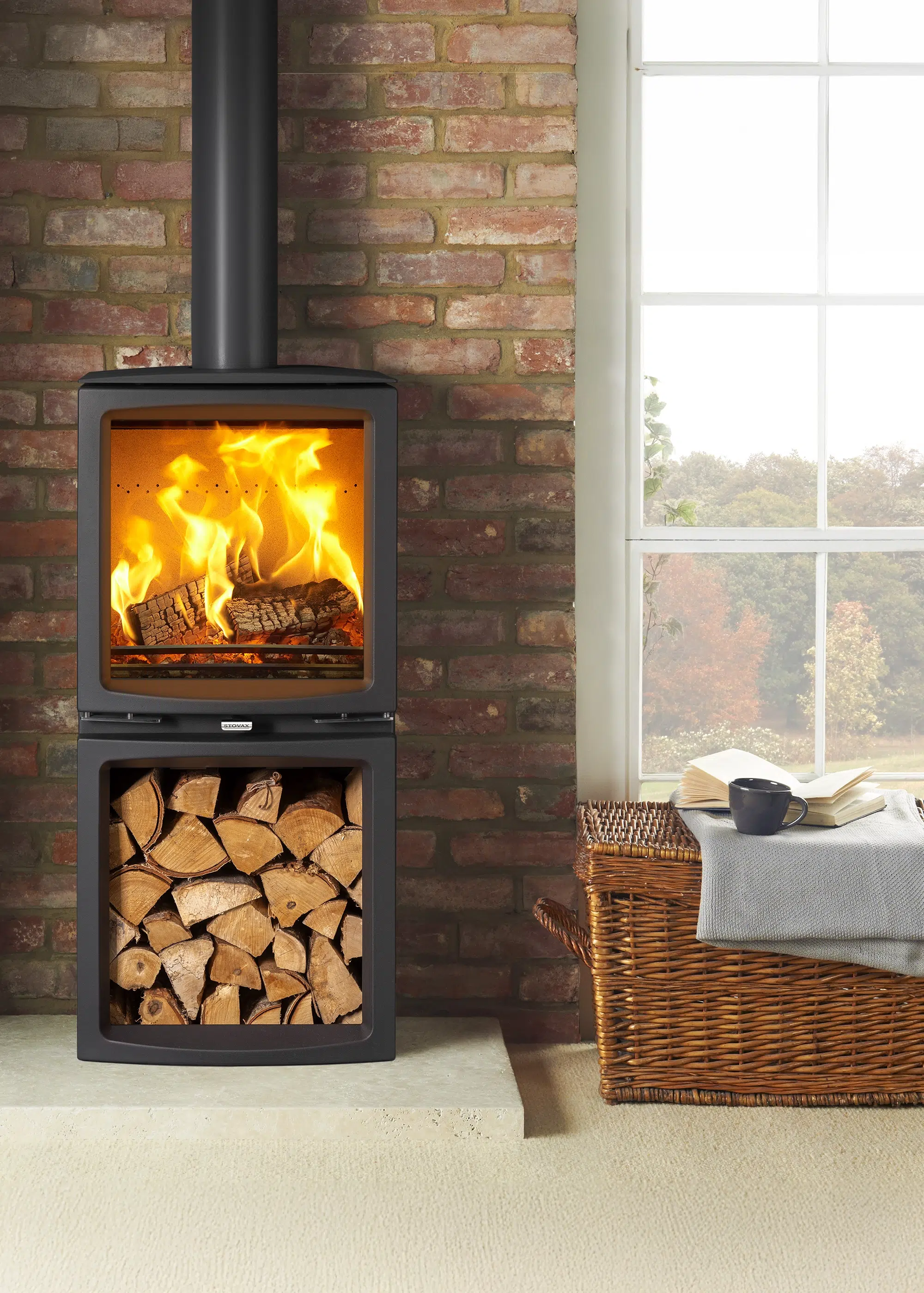
Combining contemporary design with practical functionality, the multifuel Vogue Medium V with Highline base from Stovax features an integrated log storage area for added convenience. Delivering a powerful heat output of up to 8.2kW, this Ecodesign-ready, DEFRA exempt freestanding stove offers exceptional flame visuals that create a captivating focal point in any living space
According to Mike Coke, biomass products manager at Stovax, stoves also provide a smart solution for localised heat, allowing homeowners to make the most of zonal heating. “This is the practice of warming individual rooms to the temperature you want, at that specific time,” he says.
“That means if you find yourself feeling a chill of an evening, instead of heating the whole house and wasting energy warming rooms not in use, you could save money by only heating the space you plan to occupy for that time.”
How big should your woodburning stove be?
We’re focusing on woodburning stoves here, but they’re not your only option. And they don’t have to be room-only heaters: boiler stoves can be connected to a radiator-based central heating system and/or supply domestic hot water for taps and other outlets.
Depending on the model you choose, a boiler stove can power up to around 12 radiators, either acting as the main heat source or working alongside a conventional boiler.
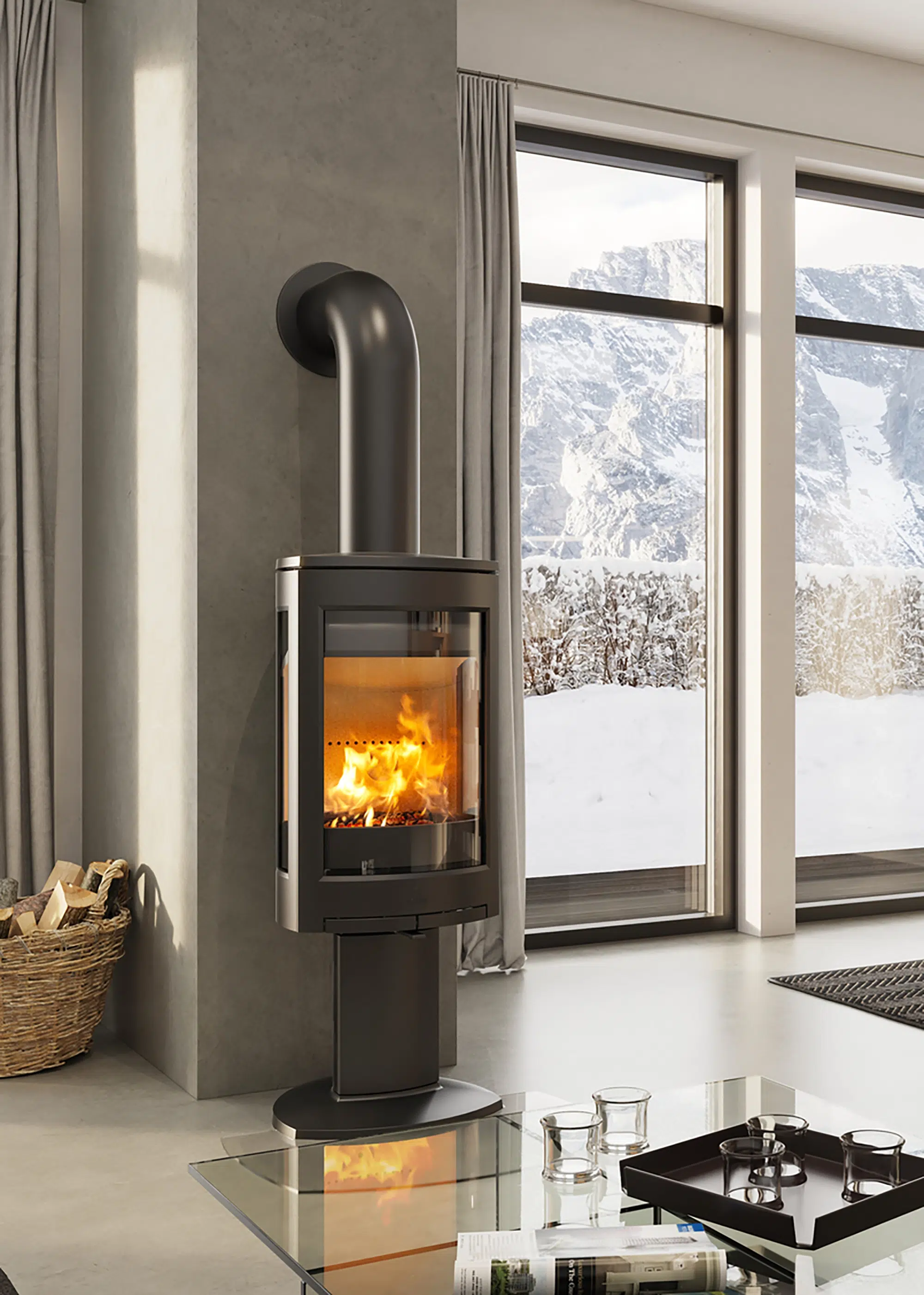
Jotul’s F370V2 Advance combines sleek design with innovative features like magnetic door locking and soft-close seals. With an output of 6.0kW it can heat spaces up to 100m², making it ideal for modern, open-plan interiors
When it comes to sizing up your appliance, you can get general idea of the heat output needed by calculating the size of the space in cubic metres (m³) and dividing this figure by 14. This will give you an approximation of the kilowatt (kW) output needed. However, bringing in a professional heating engineer to do the detailed sums for you is the best route to success when it comes to working exactly what your home and lifestyle requires.
Where should my woodburner be located?
A HETAS, OFTEC or similarly registered specialist will be able to conduct an in-depth survey of your house, to work out how and where it’s best to run the flue from the woodburner to the exterior of the property. “Woodburners require a solid fuel flue system and in some cases it can be difficult or expensive to install one if it isn’t there already,” says Peter Mintoft, managing director at Charlton & Jenrick. “Avoid complicated flue routings and use the top outlet of the stove wherever possible to make it easy to start and operate.”
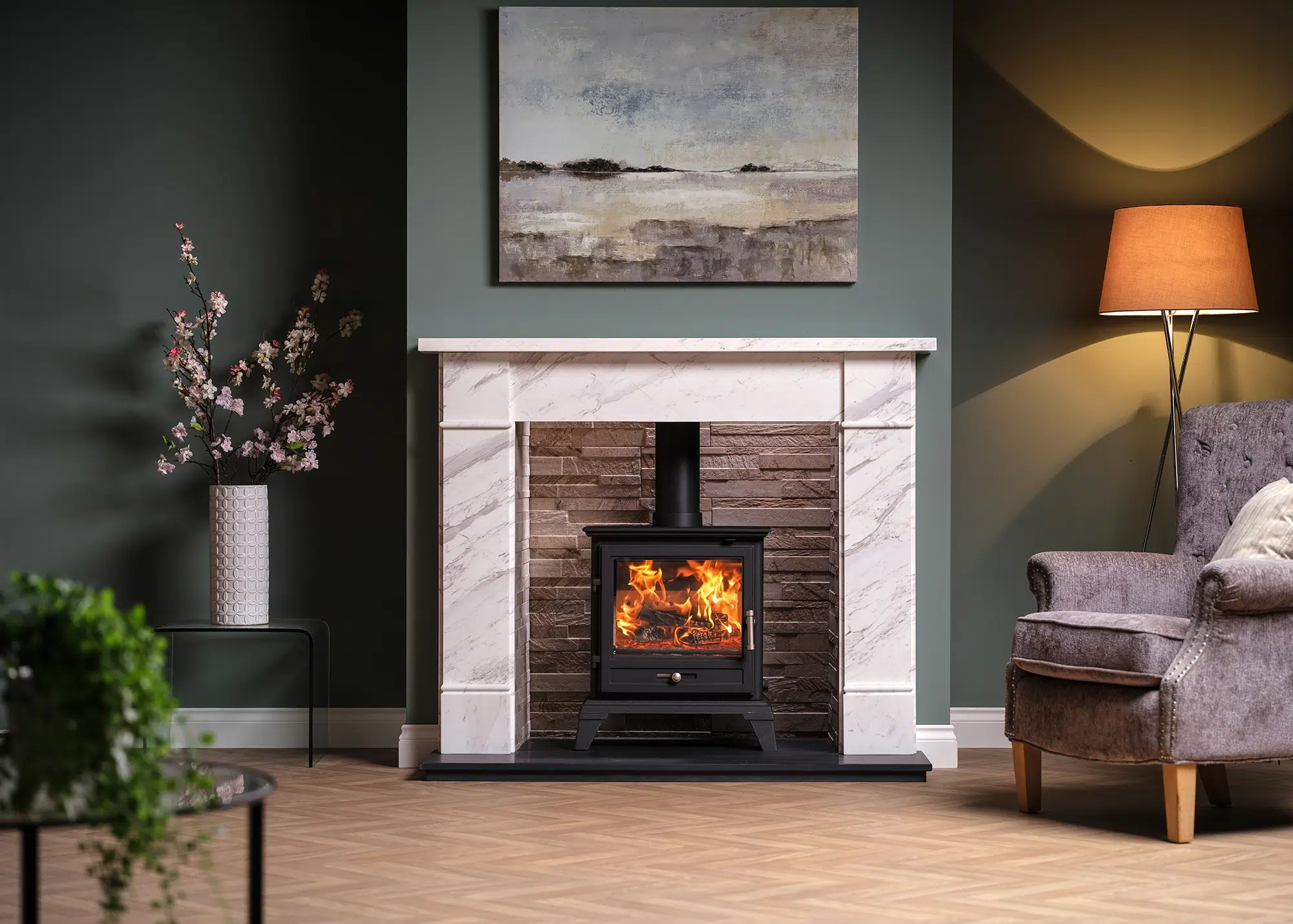
The Classic 8 Eco multifuel stove from Percy Doughty is available in black or white. It offers a heat output of 5kW and has an impressive A+ energy rating. The heritage-style design suits both modern and classic homes, and an extensive window gives you a clear view of the warm, flickering flames
The woodburning stove must sit on a suitable hearth and be located away from combustible materials such as plasterboard. Your manufacturer will have clear guidance on suitable distances for the selected product. Plus, you’ll need to factor in a space to store logs, and be able to dispose of a small amount of ash after every few days’ worth of burning.
How can I maximise my woodburner’s efficiency?
To ensure your woodburning stove is functioning efficiently, it should be serviced annually and stripped and cleaned so excess ash can be removed. It should also be checked for any parts that need replacing.
Your chimney requires upkeep, too. “You need a clear passageway for the combustion gases to exit your home. If your solid fuel stove has not been used for a few months, it’s important to get your chimney swept. This will ensure that it is free from any obstructions,” says Mike. “Soot, deposits and tar can build up over time, and this will reduce the draw. Ultimately, it will make the stove run less efficiently and might even put your home at risk of a chimney fire.”
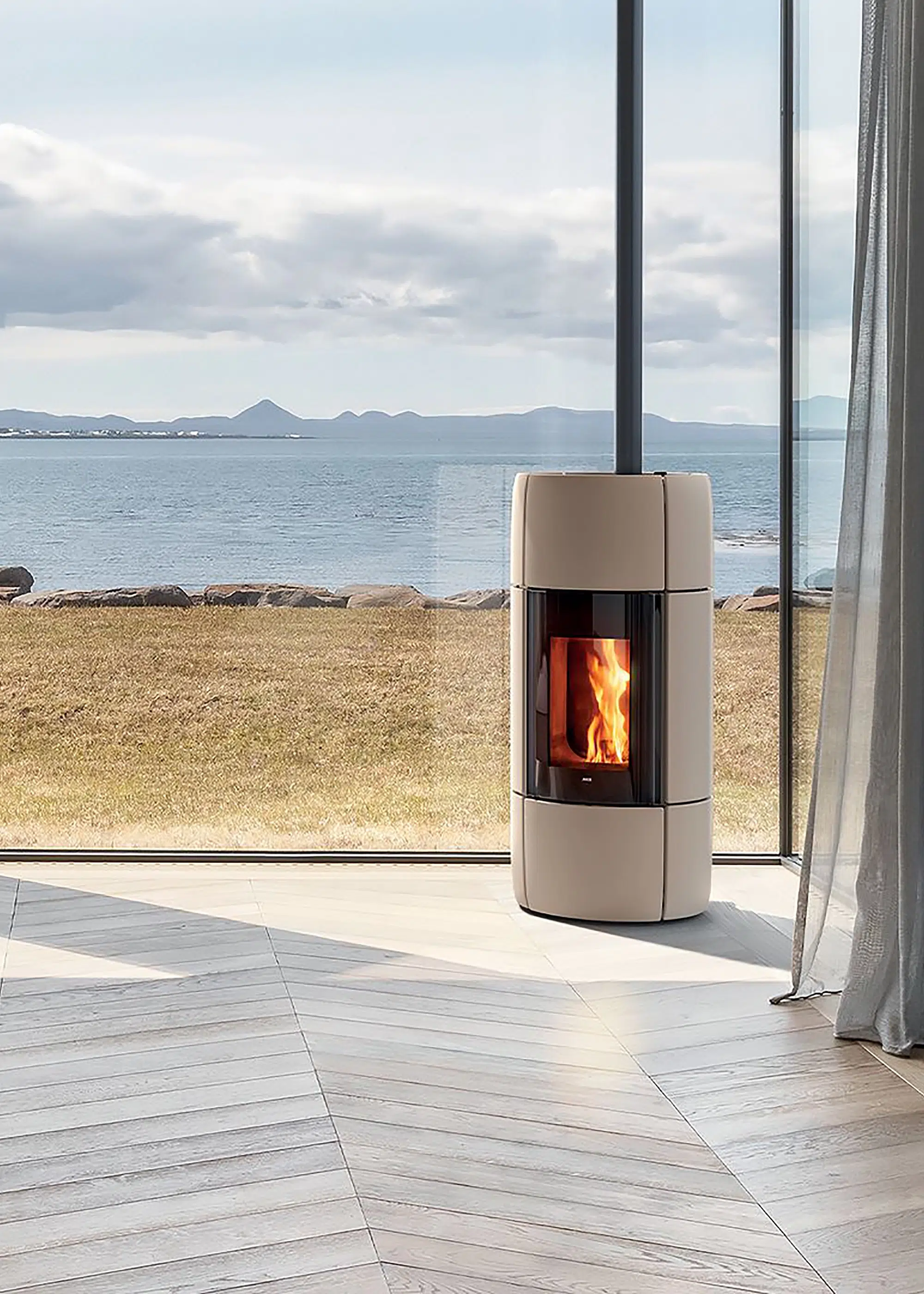
Schiedel’s MCZ pellet stove delivers up to 8kW of heat. The modern unit effortlessly transforms your space into a warm and inviting retreat. The system can also be completely controlled through your smart phone and has an inbuilt self-cleaning option for greater practicality
Burning wood that’s seasoned to the right moisture content is another key aspect of running your stove efficiently – only timber with a low moisture content should be used. “Seasoned logs should be allowed to dry for at least two years or more to achieve a moisture content between 14-20%, which can easily be checked with a moisture meter,” says Mike.
Good quality wood will provide a higher heat output than freshly felled timber, as well as producing lower smoke emissions and helping to avoid a build-up of tar in your flue. “When purchasing seasoned or kiln dried wood, look for the Woodsure ‘Ready to Burn’ certification,” says Mike.
Should I install an electric or gas woodburner instead of a solid fuel appliance?
The atmosphere of real dancing flames and the wide variety of styling options available are what make solid fuel woodburning stoves and fires an appealing option. Look for stoves and fires that are approved for smoke control locations – even homes in the most urban areas may be able to use appliances that are exempt from the restrictions.
The very latest modern gas fireplaces boast fuel beds that are almost indistinguishable from real woodburning fires, along with designs that will suit both traditional and contemporary schemes. Offering high heating performance that is uncompromised by design, gas stoves and fires bring real flames at the touch of a button.
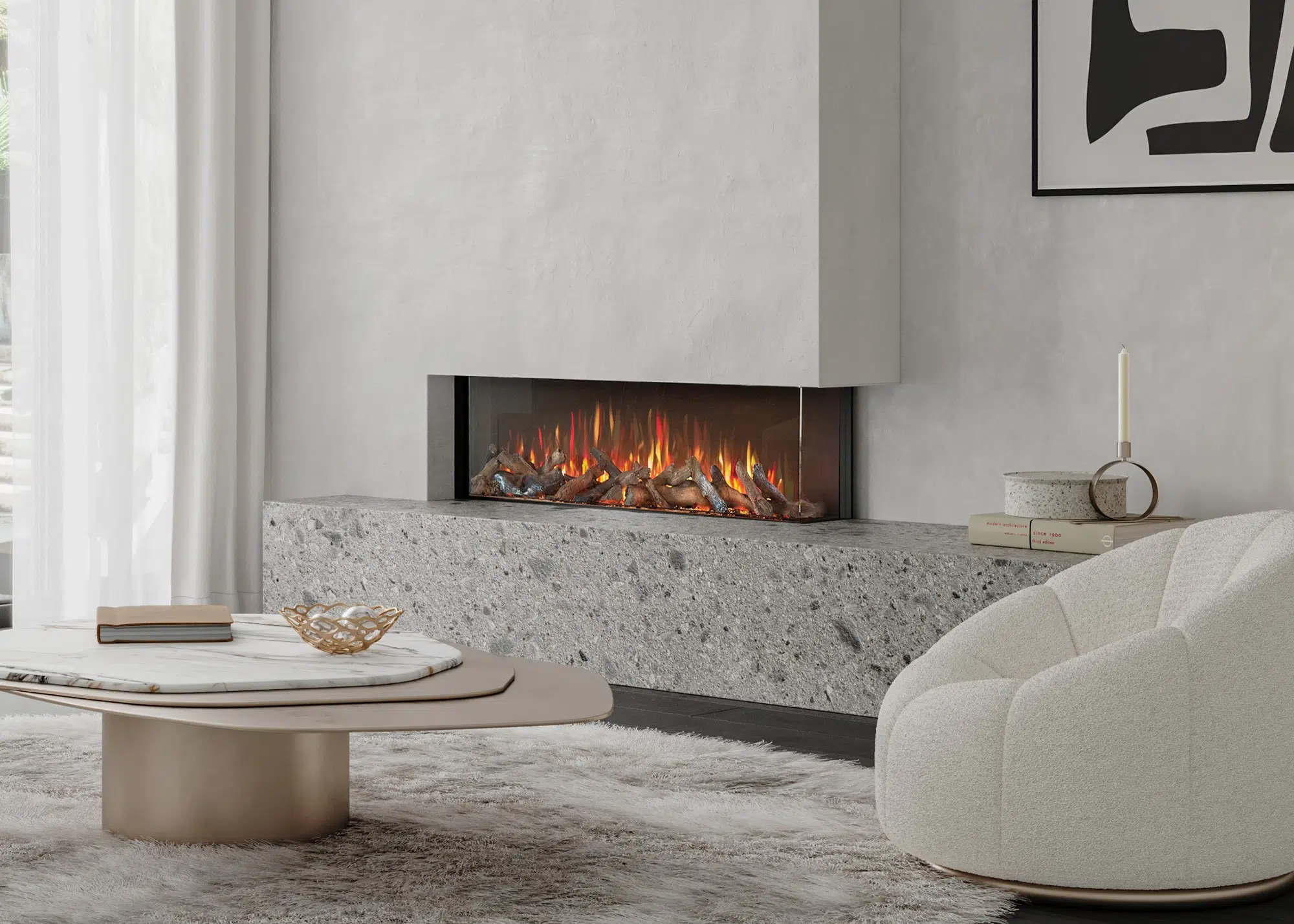
Create a wow-factor statement in your home with Eurostove’s Ilektro electric stove. Designed for properties without a flue, it offers effortless installation and a clean, contemporary aesthetic. Available in a range of sizes, the Ilektro can be tailored to your preferences with a choice of log styles, flame colours and the addition of a realistic crackle sound to enhance the ambience
If convenience and ease of installation is at the top of the list, electric stoves and fires make a great solution. Providing instant localised heat, and only requiring a standard three-pin plug socket, the designer electric fire creates a striking focal point while being installed almost anywhere in the home.
Are woodburning stoves environmentally friendly?
In recent years there’s been some press around the potential negative impact of woodburning stoves on air quality, with some sources saying the government’s Ecodesign standards, introduced in January 2022 to ensure products burn more efficiently, don’t go far enough.
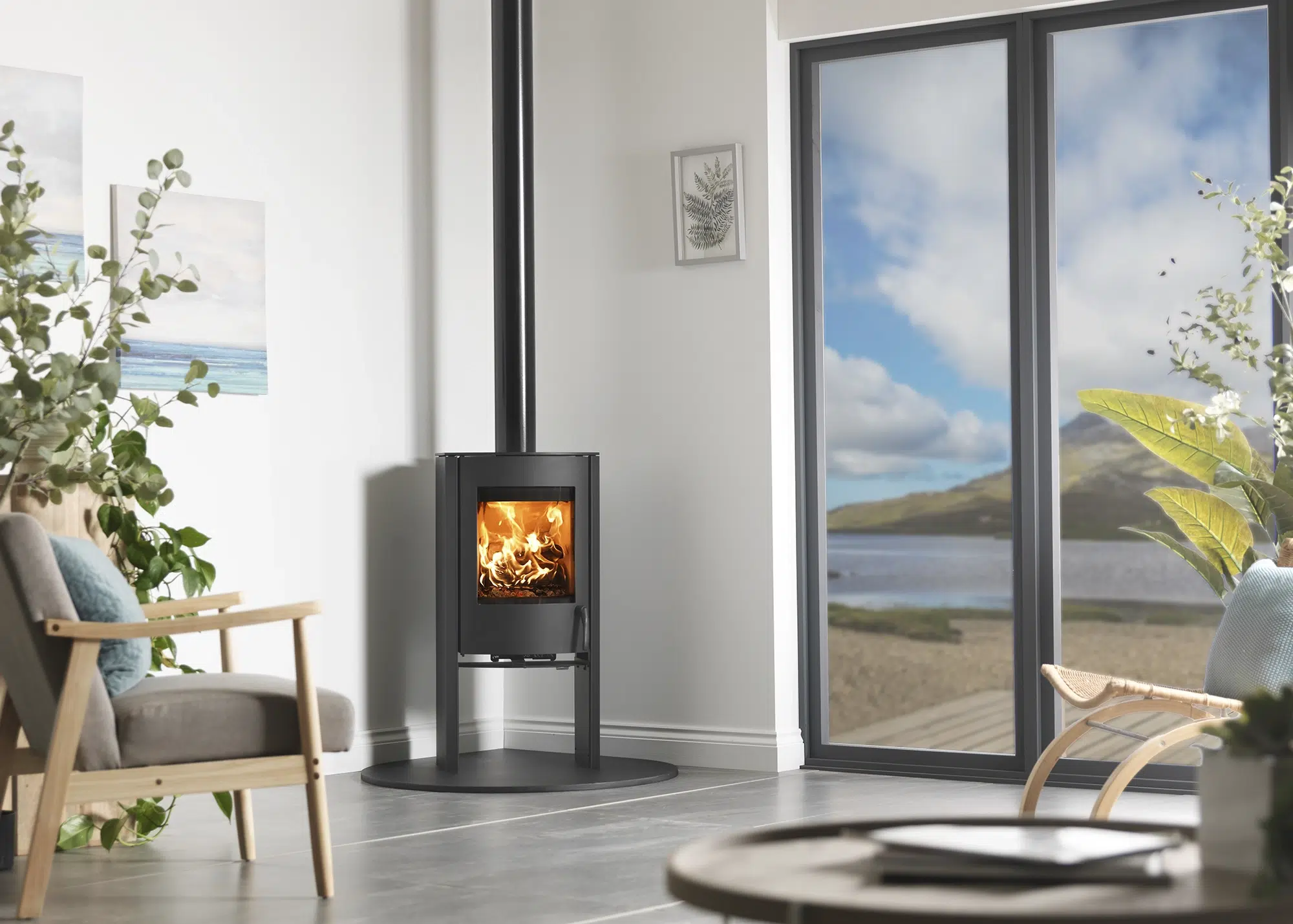
With a 5kW output and up to 82.1% efficient, this beautiful woodburning stove from Charlton & Jenrick is great for creating a luxurious, cosy atmosphere. It comes with a corrosion-resistant steel ash pan and firebrick refractory liners to ensure longevity. It is SIA Ecodesign 2022 certified and DEFRA exempt for burning wood in smokeless zones, and has a clearSkies Level 4 certification
“The new standards legislate for five criteria; lower carbon monoxide, particulates, dust and organic gaseous compounds, and greater efficiency,” says Chris Baines, managing director at Eurostove. “The process of improving standards is ongoing, much as it is in the car or water pollution industries. Ecodesign 2022 is part of that process and will be improved on in years to come.”
Appliances tested to current Ecodesign standards produce up to 80% lower emissions than old stoves and are 90% better than an open fire. One of the main focuses of the criteria is the reduction of PM2.5 particulates – look for the clearSkies symbol, which has a rating system that indicates if a stove’s efficiency and reduced emissions level meets or outperforms the criteria laid out by Ecodesign standards.
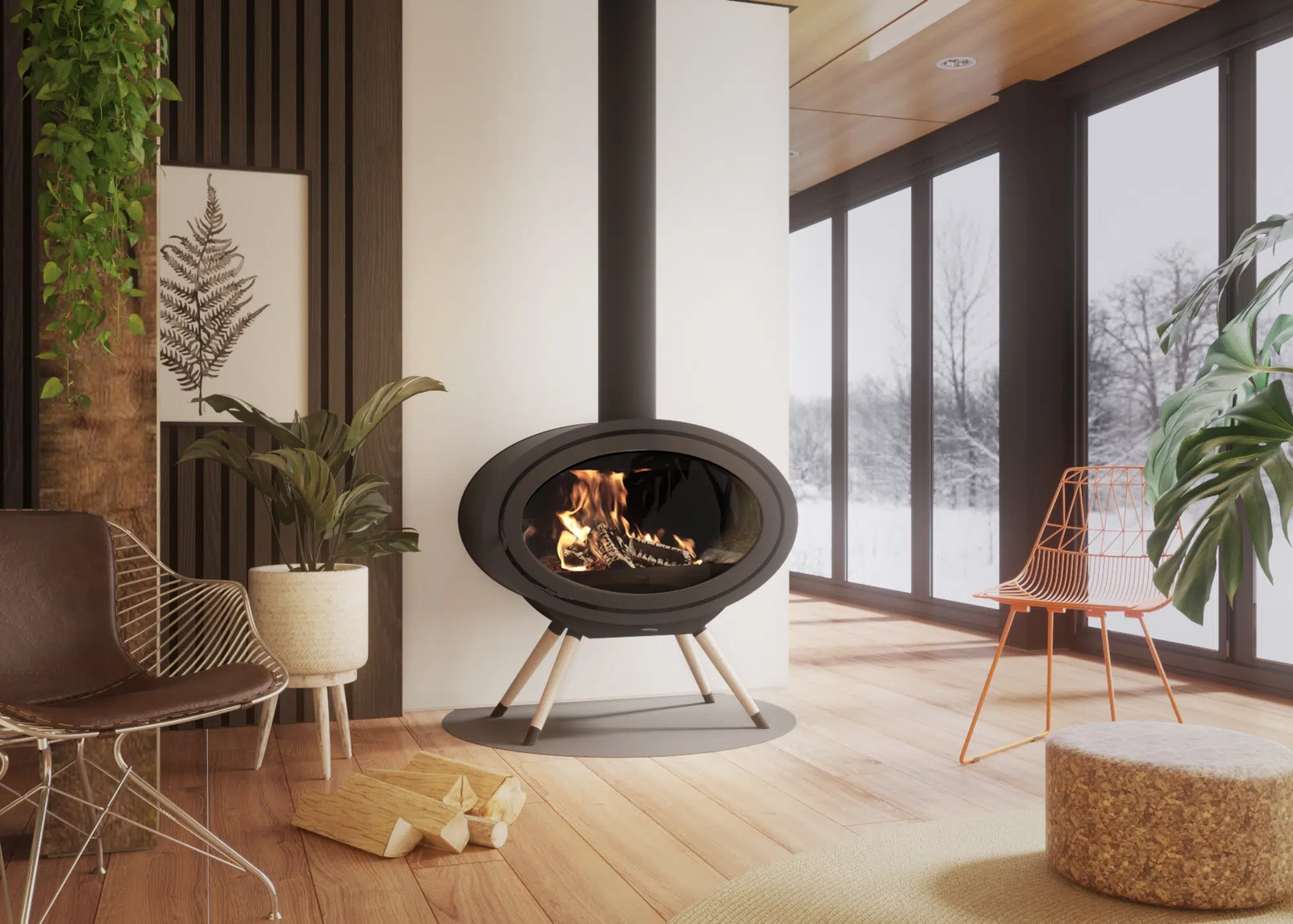
This striking elliptical 7.9kW woodburning stove from Dru Fire is available as a freestanding, fixed or suspended version to best suit your interiors. For added impact, you can also opt for a see-through tunnel to create a dramatic focal point. A direct air supply means it can be installed in almost any location within your home
“Government statistics illustrate the true contribution of Ecodesign stoves within national PM2.5 emissions, which is around 2.5%,” says Peter. “Cremation, fireworks and smoking all create more PM2.5 per annum than Ecodesign stoves.”
In addition to what the industry is doing to improve the environmental credentials of woodburners, homeowners can also play an important role in minimising emissions by burning only seasoned wood. Poor quality timber has a high moisture content, leading to poor combustion and the production of harmful emissions.
“Use the best Ecodesign stove you can afford with high quality seasoned logs and this will minimise the negative impact at the same time as providing fabulous looking, independent heat,” says Peter.
Woodburning stove FAQs
What maintenance does a stove require and how frequently?
For solid fuel stoves, you will have to clear the ash from the firebox and lift the baffle weekly to remove any debris from the flue – perhaps more frequently if you are using coal-based fuels. New chimneys and flues will need to be swept annually.
If you have replaced an open fire, ideally you would do this twice in the first month after installation and then yearly. If you are burning damp wood or smoky fuels, you will need to have the chimney swept more often.
It is best to get a yearly service by a certified engineer to inspect the seals, joints, chimney integrity and the baffle. Only burn recommended fuels (seasoned wood, smokeless briquettes etc) as house coals, petroleum cokes, rubbish, oils or unapproved fuels can cause significant damage and void your warranty.
What ventilation is required for solid fuel stoves?
For solid-fuel stoves with a rated output above 5kW, the minimum ventilation requirement in new build homes is 5.5cm² of vent per kW above 5kW, via a permanent external vent. For example, an 8kW stove would need 16.5cm² (3kW above 5kW, multiplied by 5.5cm²/kW). Even below 5kW, ventilation is recommended if you experience difficulties lighting fires or see fumes. Outside air kits are ideal for airtight self builds, as they source combustion air directly. Extractor fans should be avoided in the same room as the stove.
Can I install a woodburning stove myself or do I need a professional to do it for me?
It is best to use an OFTEC or HETAS certified installed for wood and solid fuel options. This way you ensure compliance, safety and make sure your warranty is intact. DIY is possible, but only if you strictly follow the manufacturers instructions and Building Regs, as you will still need to make sure you obtain safety certification and have the correct CO detectors.
What are the rule surrounding flues & chimneys for log burning stoves?
The minimum chimney height for a stove is 4.5m (3m for gas fires) with a diameter of 125-200mm. Generally, a taller chimney is almost always better. Existing chimneys will need a flexible stainless steel lining of around 150mm for smokeless/seasoned wood. A rigid flue pipe (minimum 125mm diameter) must be installed from the stove to the chimney. The connection to the chimney and any joins within the flue pipe system must be properly sealed to prevent smoke and gas leaks.
The flue draught (which draws smoke and gases up the chimney to be expelled) should ideally be between 12-25 Pa (1.2-2.5 mm water gauge) at the collar. If the draught is too strong, a damper or draught stabiliser should be installed to regulate the airflow and prevent over-firing. Additionally, each stove that you install in your home must have its own dedicated flue.



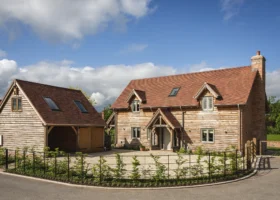
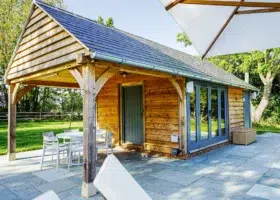


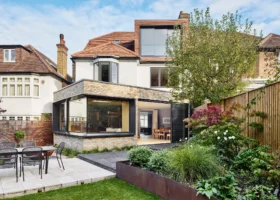
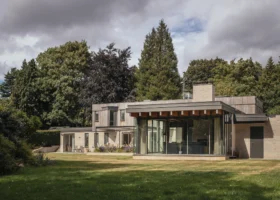
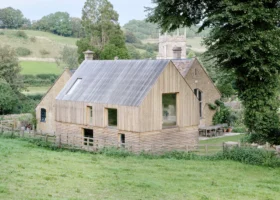
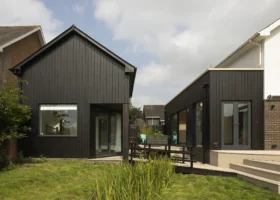
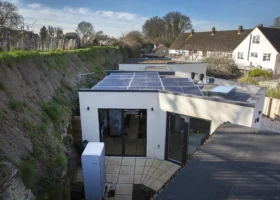
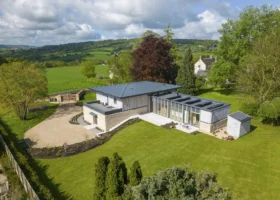
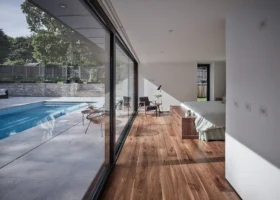
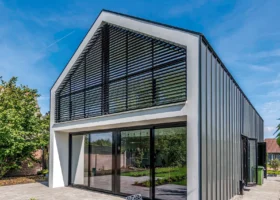
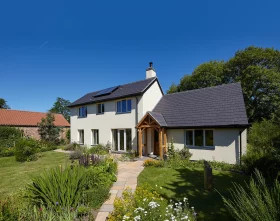



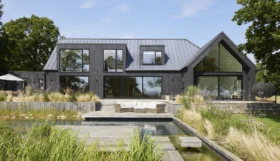
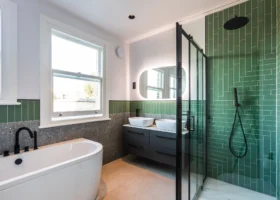
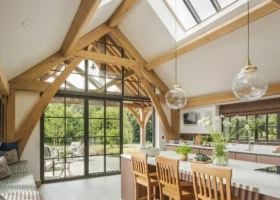

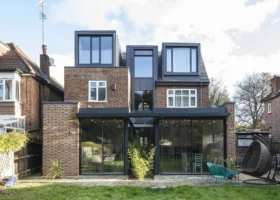
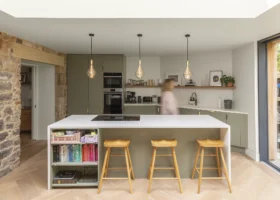

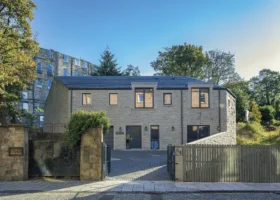
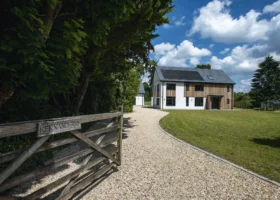
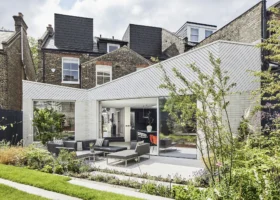
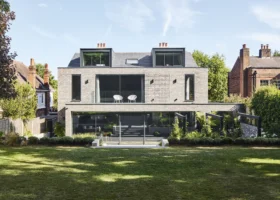
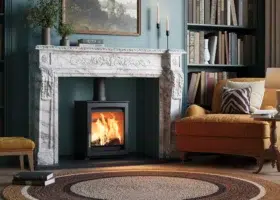

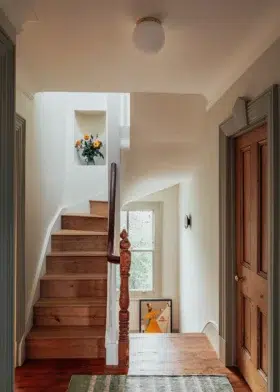
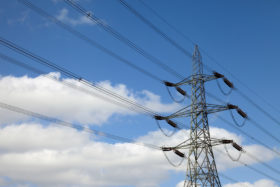
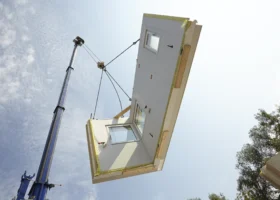
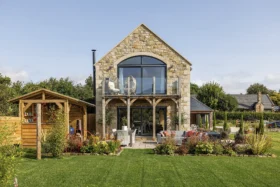
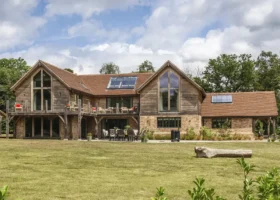
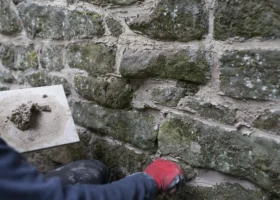
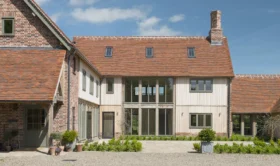

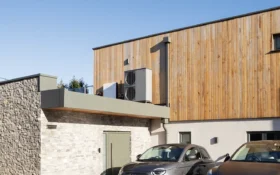
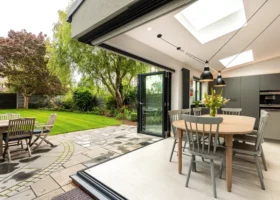
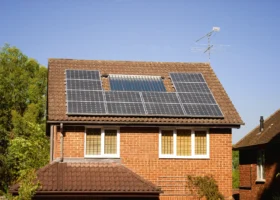
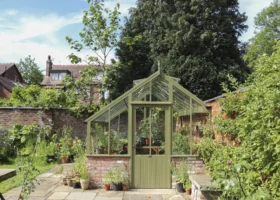
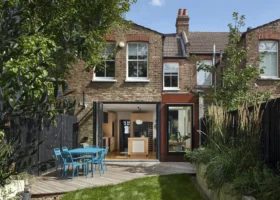
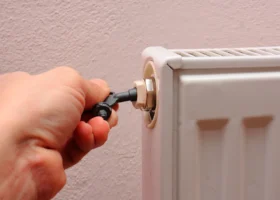
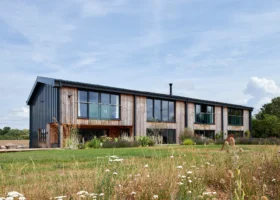
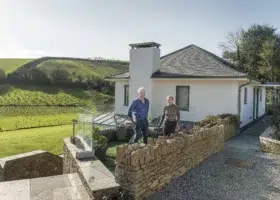

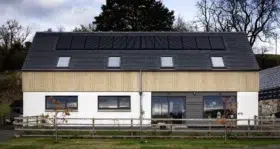
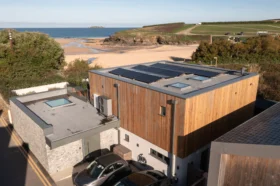
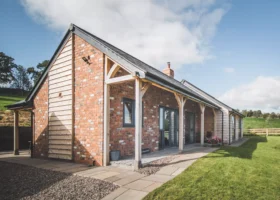
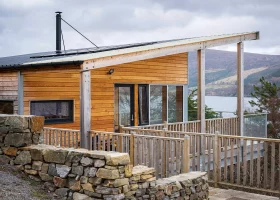

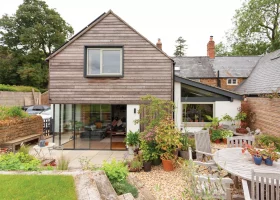
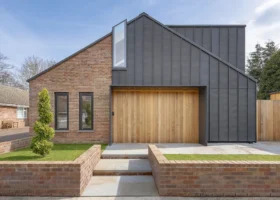
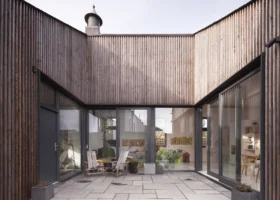
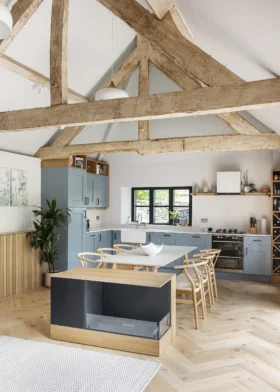
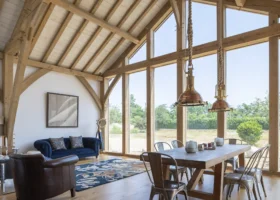
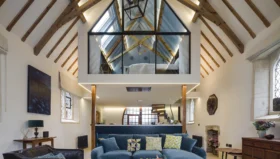
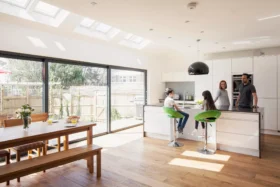
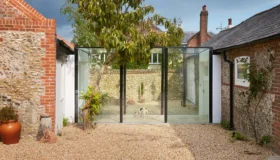
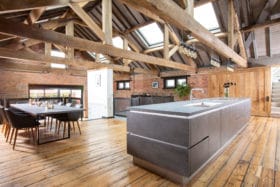
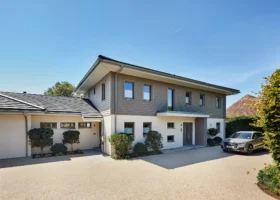
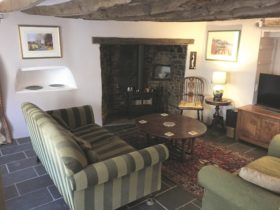
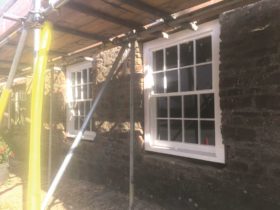
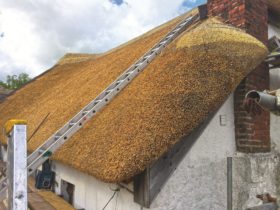
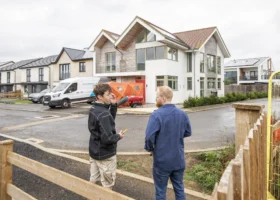
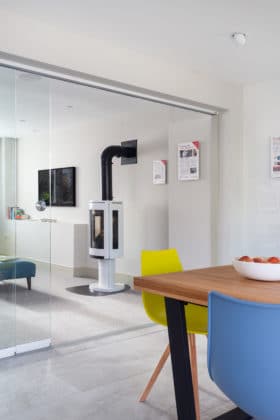

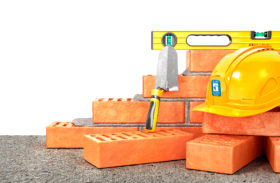
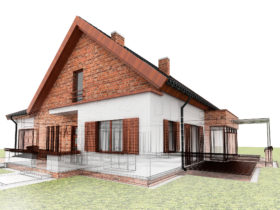
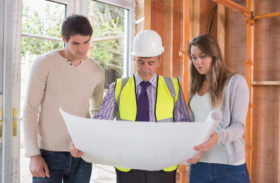


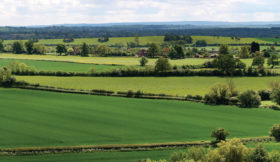
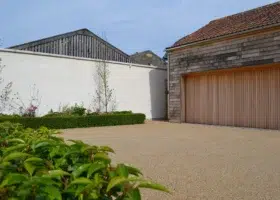



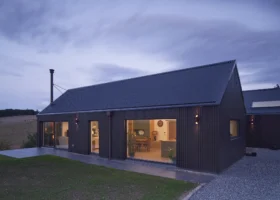
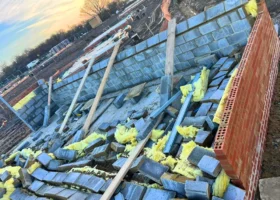

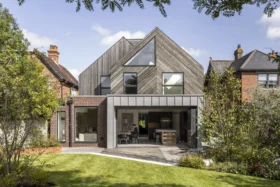

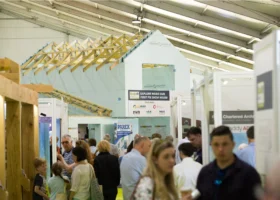


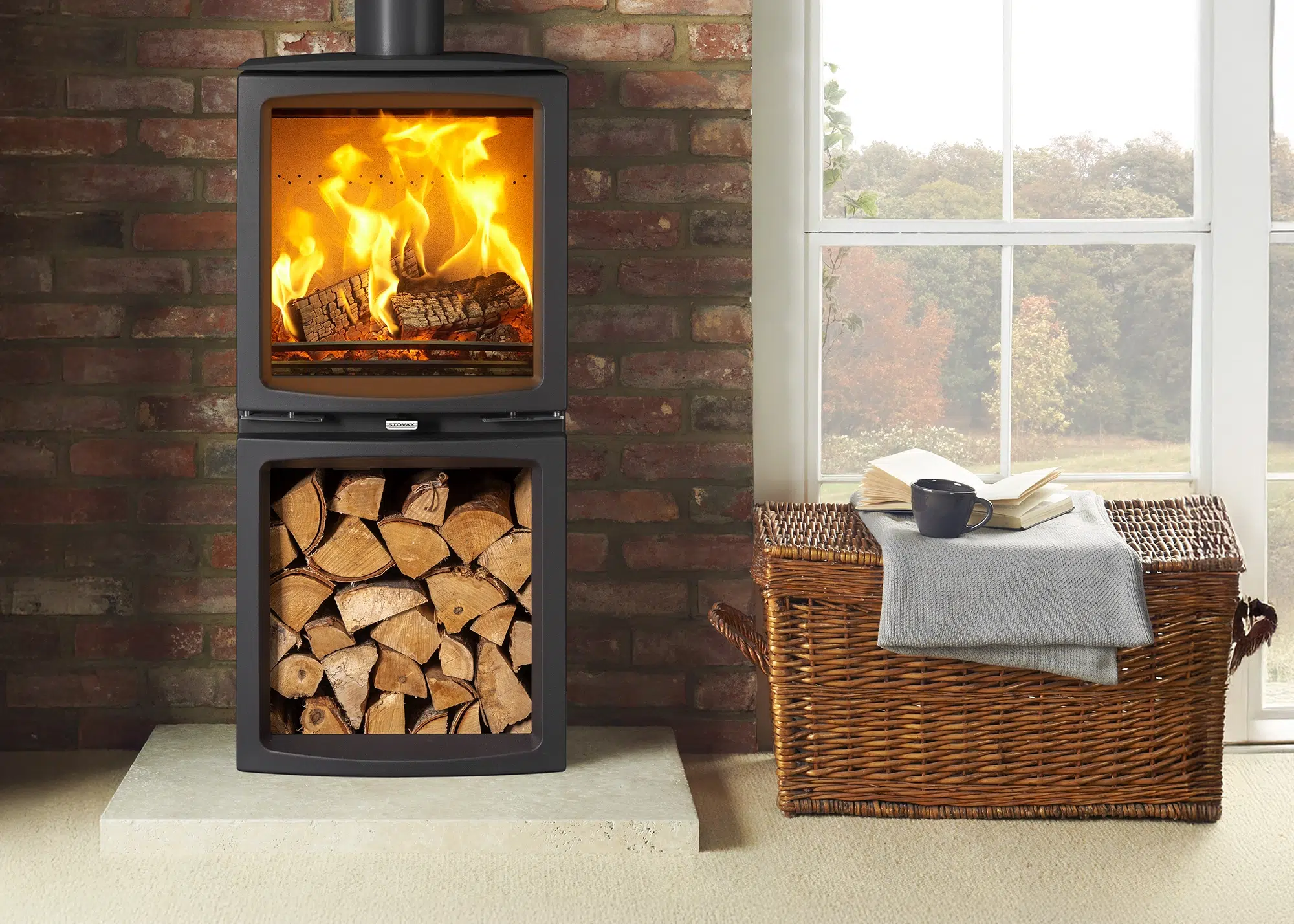
 Login/register to save Article for later
Login/register to save Article for later





